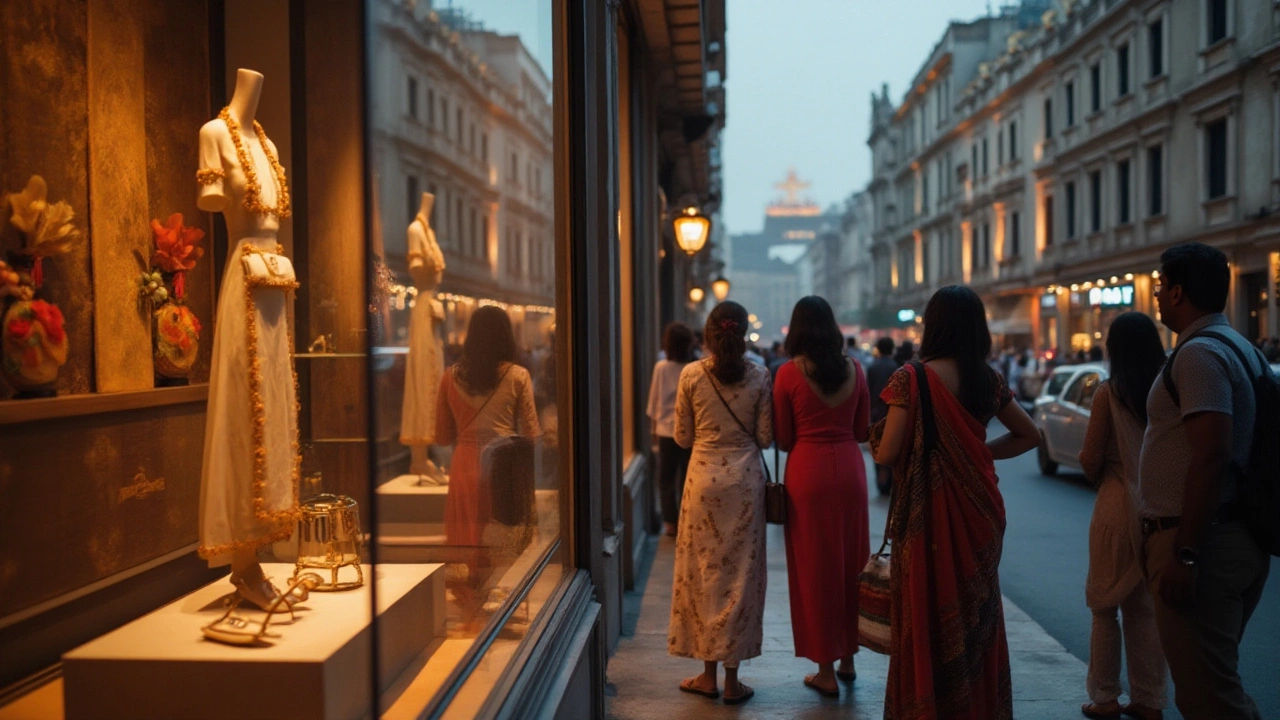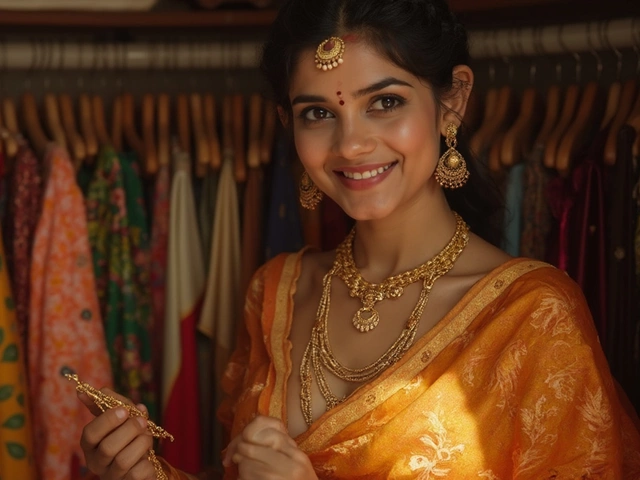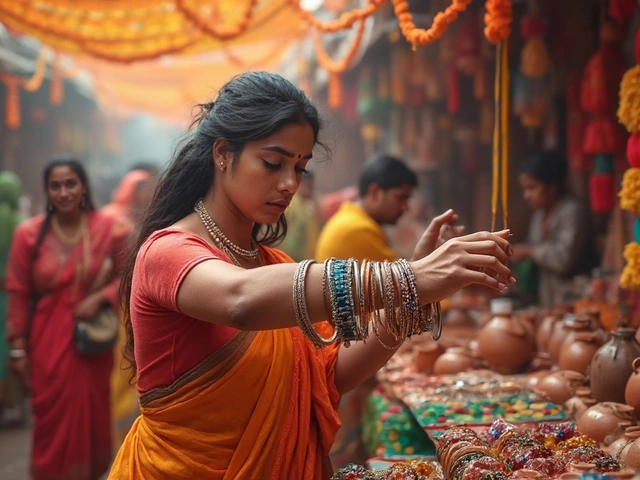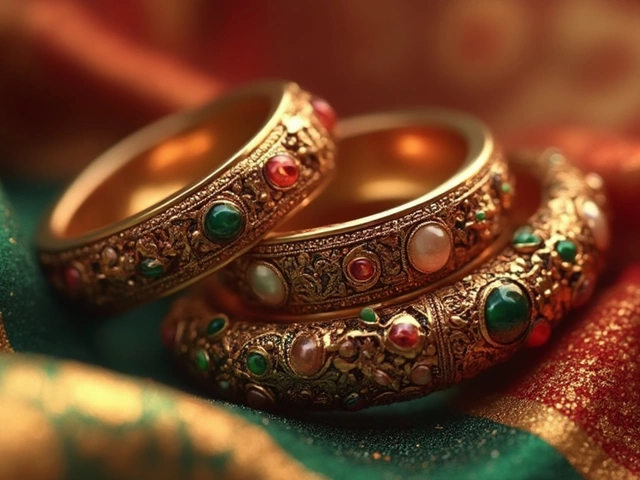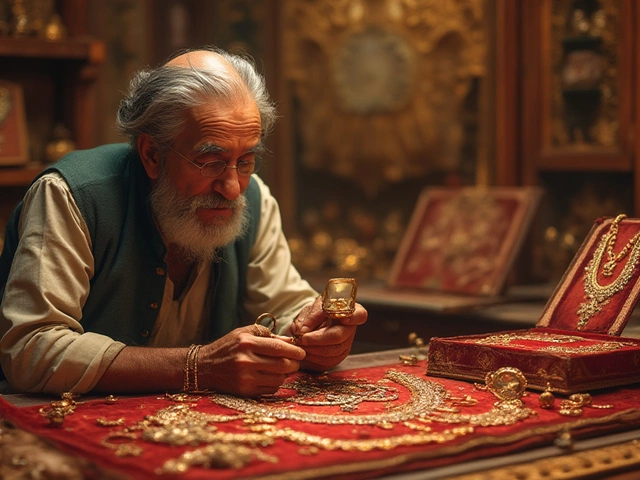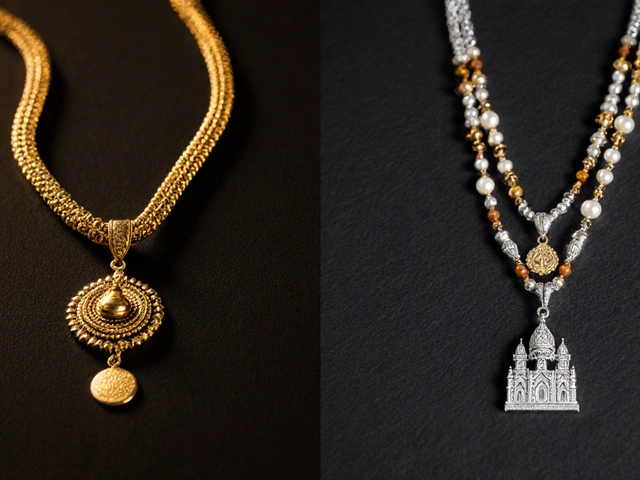Luxury Market India – What’s Hot, What Pays Off, and How to Shop Smart
If you’ve ever wondered why some Indian jewellery pieces keep their sparkle and price, you’re in the right place. The luxury market here isn’t just about bling; it’s about heritage, craftsmanship, and timing. Below we break down the most useful insights you can apply right now, whether you’re eyeing a gold necklace, a black bangle, or a silk saree.
Where Luxury Lives: Key Cities and Brands
First things first – location matters. Jaipur, Surat, Mumbai, Hyderabad, Chennai and Kolkata each have a reputation for a specific type of treasure. Jaipur is famous for its intricate gold work, while Surat dominates the diamond trade. Knowing the city’s specialty helps you zero in on the right shop and avoid overpaying.
When it comes to brands, look for names that consistently rank high in resale value. In 2025, brands like Tanishq, Kalyan Jewellers, and international houses such as Cartier and Bulgari hold tight to their price. Buying a piece from a reputable brand not only guarantees quality but also makes it easier to resell later.
Gold, Silver and Timing – The Money‑Saving Playbook
Gold lovers, listen up: the best month to buy gold in India is usually September‑October, right after the monsoon season when demand dips. Prices tend to be lower, and you still get the same purity. If you spot a 21K (875) stamp, you’re looking at 91.6% pure gold – a solid investment if you verify the BIS hallmark.
Silver can be a hidden gem, especially pieces marked 833. That stamp means 83.3% pure silver, which is higher than the usual 92.5% (925) in many countries but still a good value in India. Always ask for a hallmarked certificate to avoid cheap plating tricks.
Speaking of cheap tricks, a quick magnet test can reveal fake gold or silver. Real gold isn’t magnetic; if a piece sticks, it’s likely plated. Combine that with weight checks and you’ll weed out most low‑quality items.
Beyond Jewellery – Luxury Fabrics and Accessories
Luxury isn’t limited to metal. India’s most expensive fabrics – pure silk, Pashmina, and hand‑loomed textiles – command high prices for a reason. They’re often used in wedding wear and high‑end fashion shows. When buying, check the weave, feel the texture and ask for the origin label.
Black bangles and black beads in mangalsutra carry cultural weight and modern style. They’re not just accessories; they symbolize protection and tradition. Pairing a black bangle with gold can create a striking contrast that works for both daily wear and special occasions.
Now that you know where to look, when to buy, and how to test quality, you’re ready to navigate India’s luxury market with confidence. Remember, the best deals come from a mix of research, timing, and trusting reputable brands. Happy shopping!
Exploring the Challenge of Luxury Brand Popularity in India
Luxury brands struggle to capture the Indian market despite the growing consumer base. Many factors, including cultural values, economic disparities, and local brand preferences, play a role in this phenomenon. By understanding the unique landscape of India's consumer habits and preferences, brands can strategize better to tap into this potentially lucrative market. Knowing the challenges allows for innovative approaches in marketing and product offerings. This article delves into the dynamics shaping the luxury market in India.
